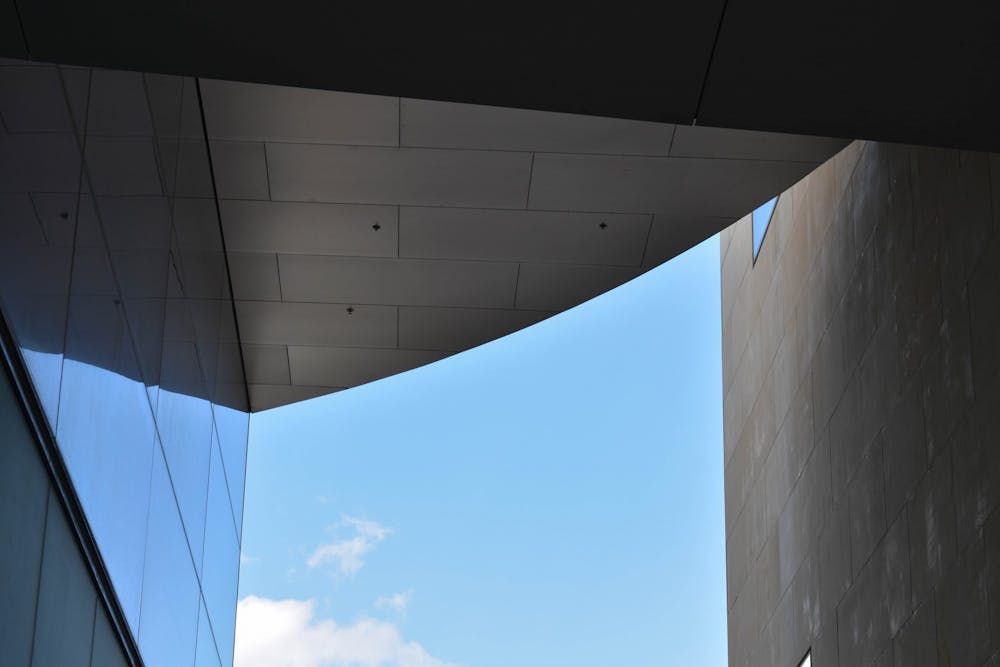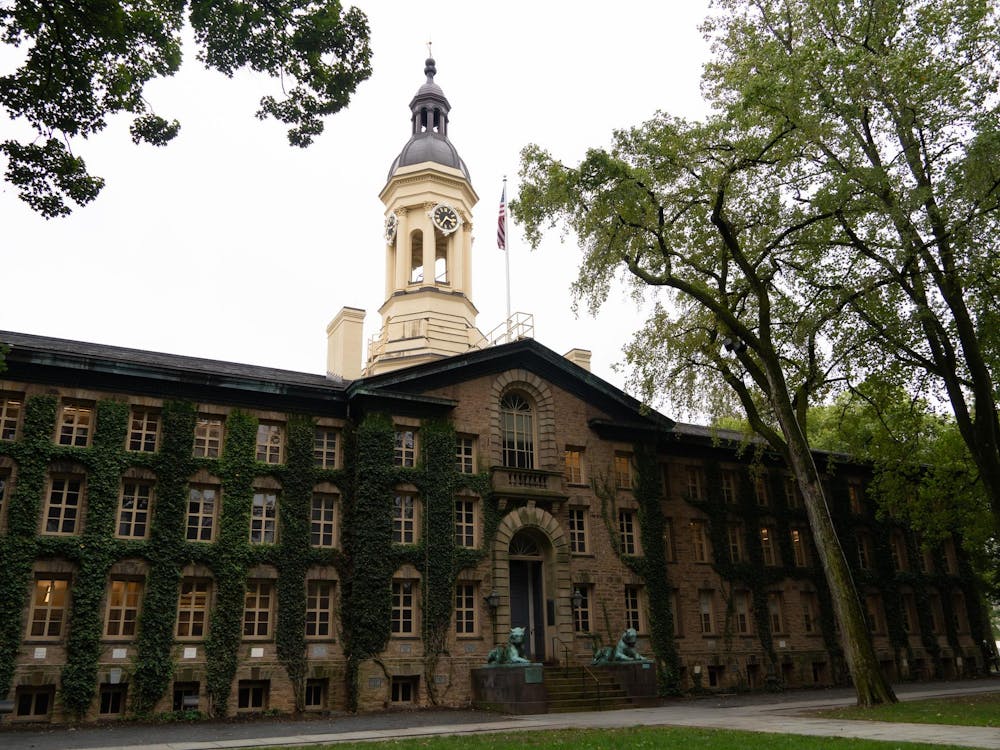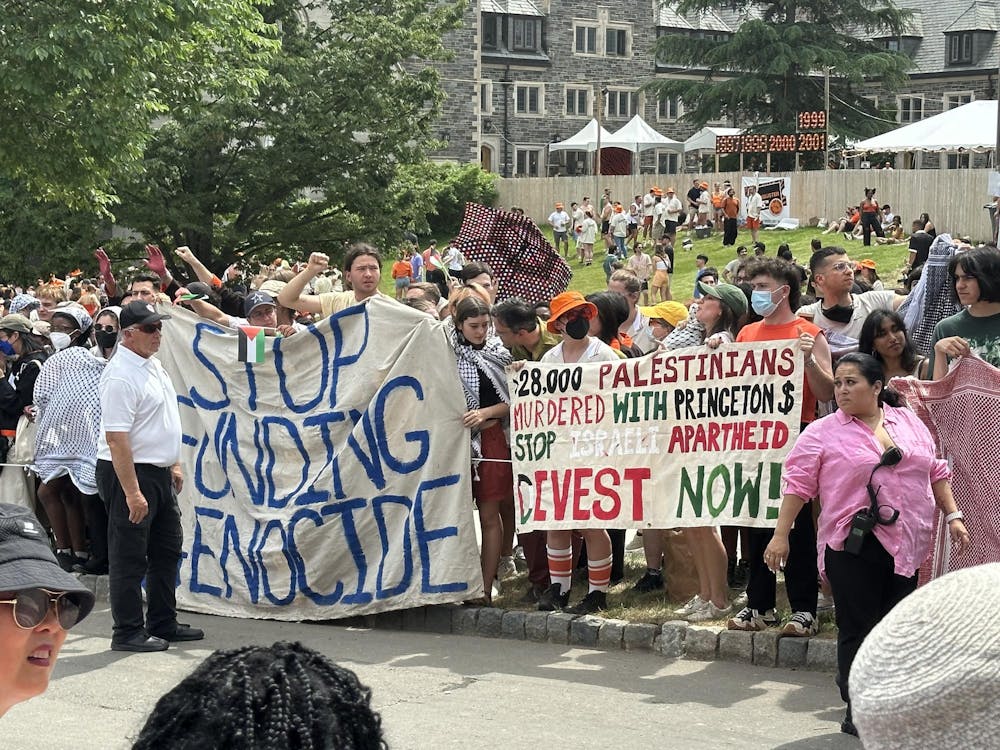During my short-lived stint as a staff writer for a literary magazine on campus, I went to a meeting to decide which pieces would be published in the fall issue. I was mildly surprised to find that most of the decisions had already been made by pre-appointed staff readers. I wondered about the pieces that were declined before most of the staff saw them. I ended up leaving the meeting early after raising a point about a story’s uncritical inclusion of a character that replicated the Mammy stereotype. The room went silent for a moment before someone asked if anyone had any “positive” comments about the story.
This has been my experience in most creative writing classrooms and extracurricular spaces on campus. There is a veneer of “wokeness” and inclusivity: the proud proclamation that everyone is welcome in the space, no matter their background. Yet underneath this veneer, there is continued exclusivity. The Program in Creative Writing still requires applications for all of its classes, including introductory ones, and most of the literary publications on campus require applications as well. There is also this stark white reality, both figuratively and often demographically: creative writing at Princeton is pretentious and centered on ways of writing that descend from Western “high art” traditions construed as objectively superior to all other forms.
I wanted to find a home in the creative writing department, which is likely what prevented me from seeing its flaws for so long. Additionally, I greatly enjoyed working with all of the professors I encountered, and I felt invigorated by some of the workshops I participated in.
But my positive memories mingle with persistent memories of invalidation. In my experience, I was typically the only or one of two Black students in the room. My work was often met with silence; sometimes, when it was not, silence would have been preferred. An example that still rings in my mind was when a classmate suggested that I whiten a young adult (YA) short story about magic by segregating the “POC love story” element into another piece.
Throughout my time in the department, I was subject to microaggressions and criticized for writing stories and poems about people of color surviving and thriving instead of narratives that dealt in ambiguity, death, and despair. I felt that I was expected to transmute my own suffering into something for audiences to chew on.
I attended meetings centered on improving the well-being of students in the creative writing program in the past year, but I have seen no change aside from the addition of visiting faculty members. Classes about YA fiction and spoken word have expanded the curriculum, but these are not permanent course offerings, as they were/are taught by Princeton Arts Fellows Erika L. Sánchez and Danez Smith, respectively.
More telling than a soundbite from my own experience is the fact that the Creative Writing program still prides itself on its long history of exclusivity. It effectively operates as a zero sum game: students are in direct competition with each other for spots, and one student’s acceptance means another’s rejection. The application guidelines are vague, and the process as a whole is incredibly opaque. The Creative Writing program’s website cites the program’s “large impact,” but how much of an impact can it have when it excludes many who apply? When it dismisses “genre” writing, like science fiction, fantasy, and romance, despite their current cultural visibility and dominance? How many students feel unwelcome and uncomfortable in the department, if they’re able to enter the space at all?
The pedagogy of the creative writing department comes from white, Western traditions. As novelist and professor Viet Thanh Nguyen writes, “As an institution, the workshop reproduces its ideology, which pretends that ‘Show, don’t tell’ is universal when it is, in fact, the expression of a particular population, the white majority, typically at least middle-class and often, but not exclusively, male.”
Adopting an attitude of “show, don’t tell” leads to work rife with obliqueness. Direct societal criticism, for example, is characterized as heavy handed. “Literature” is rife with other tropes as well: characters who act in morally ambiguous, self-destructive, and/or corrupt ways; ambiguous and/or unhappy endings; floral and academic diction; and exceedingly egocentric characters. Despite all of these tropes and the often inaccessible works that often result from their use, the department treats literary writing as objectively superior to and more interesting than other forms of writing.
Student groups centered on writing — and the arts in general — share many of the same problems. This includes the literary magazine that I left due to their refusal to address the reproduction of racist imagery, as well as my own slam poetry group, Songline, which has grappled immensely and incompletely with our own use of auditions and differing definitions of what constitutes “art.”
“What is art?” is a question that will never be conclusively answered. How I feel right now, though, is that art is a form of expression intended for an audience. There isn’t a right or wrong way to go about it: a child makes a fingerpainting for their parent, a Renaissance artist made a painting for their patrons. A lot of my art is, at its earliest stages, for myself.
“Craft” and “technique” can be learned — though they are hardly the objective and singular concepts they are made out to be. In other words, there are numerous ways to teach them and numerous versions of them that can be learned. Put shortly, art is for everyone. Or at least it should be: everyone should be able to access spaces where they can comfortably learn, experiment, and create. This is not the case at Princeton.

Part of the trouble with creative writing spaces on campus stems from their relationship with history — their failure to acknowledge the inherent white supremacy of the University in general and the ever dustier and crustier Western white canon in particular. This problem permeates curriculums and extracurriculars across campus. The University is not “post-racial” or post-any form of oppression based on capitalist ascriptions of whose life is valuable and whose is not.
Ultimately, the creative writing spaces at the University shouldn’t derive such pleasure from having existed since the 19th and 20th centuries. They should instead reduce or eliminate barriers to participation and make radical, foundational changes to create a more meaningfully diverse, inclusive, and equitable future. They should aim to become spaces where artists subject to marginalization can flourish on their own terms.
Brittani Telfair is a senior from Richmond, Va. majoring in SPIA and pursuing a certificate in African American Studies. She can be reached at btelfair@princeton.edu or @brittanit10 on Twitter.









